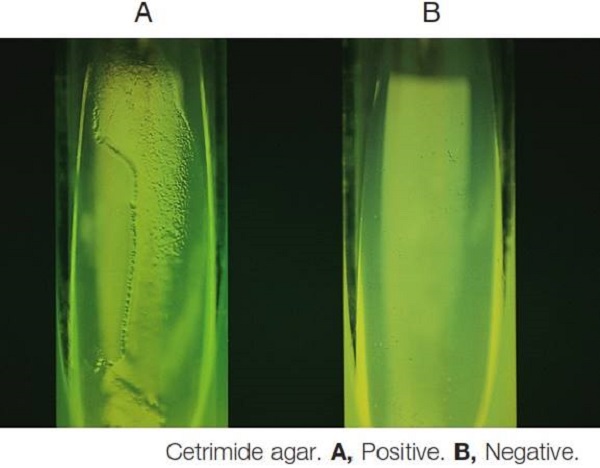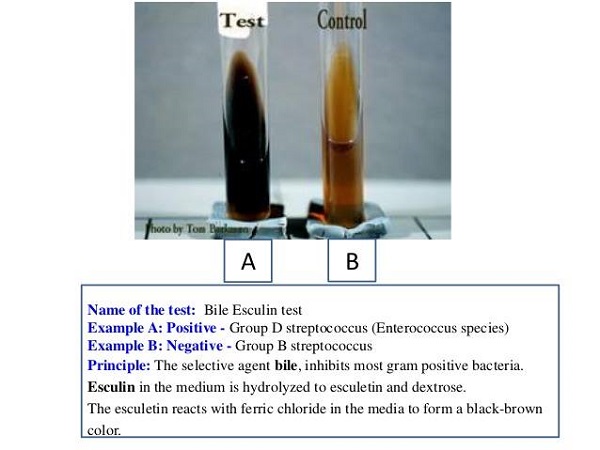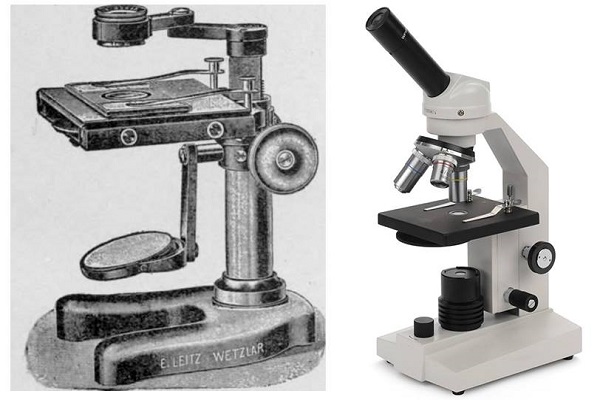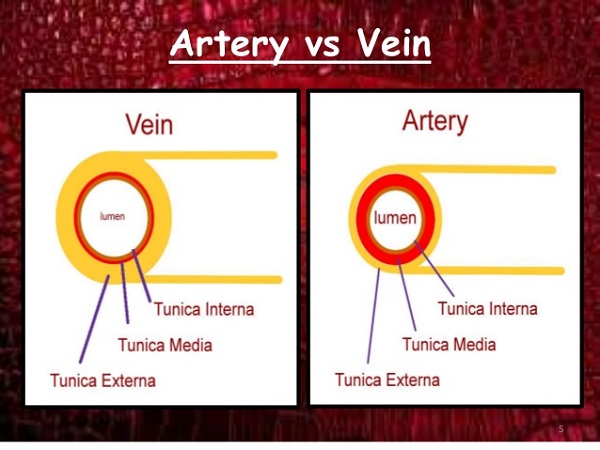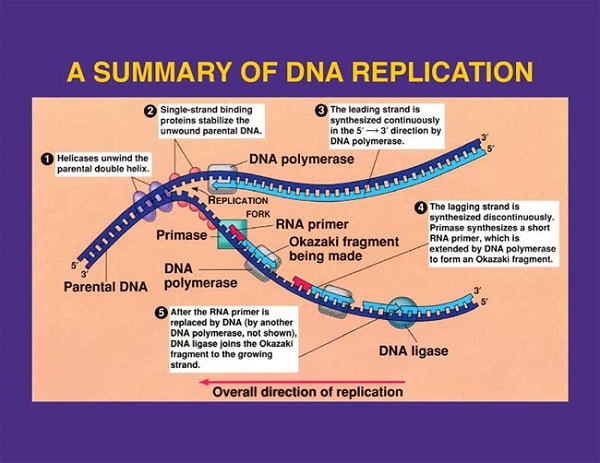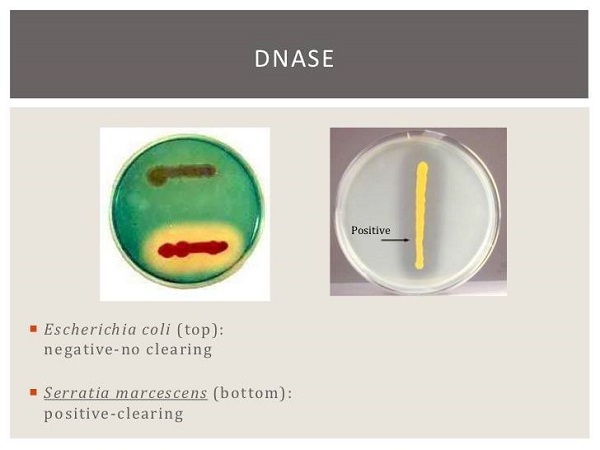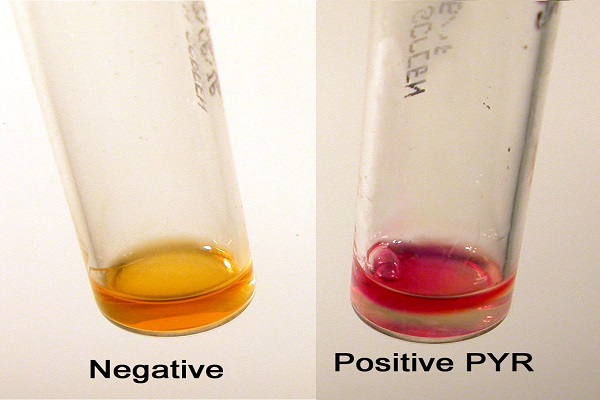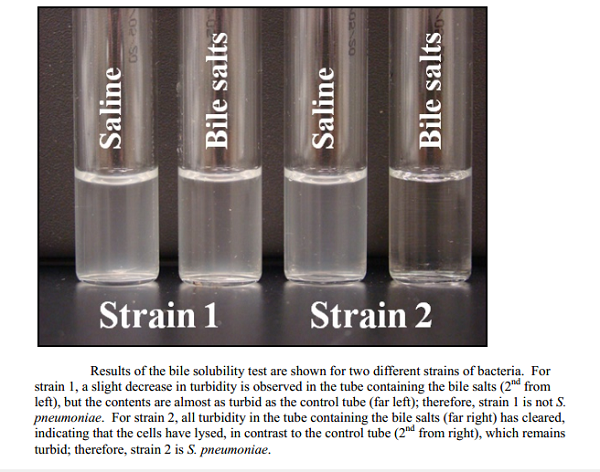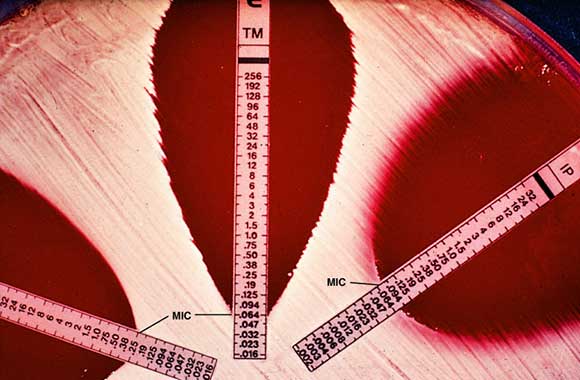Cetrimide Test- Principle, Procedure, Result Interpretation and Limitation
Please rate this Please Rate 0 1 2 3 4 5 Cetrimide Test- Principle, Procedure, Result Interpretation and Limitation Cetrimide is a quaternary ammonium, cationic detergent that is toxic substance to most bacteria, except Pseudomonas aeruginosa and few other bacteria. Principle This test is used to determine the ability of an organism to grow in the presence of cetrimide, a… Continue reading "Cetrimide Test- Principle, Procedure, Result Interpretation and Limitation <span class="rating-result after_title mr-filter rating-result-201" > <span class="mr-star-rating"> <i class="fa fa-star mr-star-full"></i> <i class="fa fa-star mr-star-full"></i> <i class="fa fa-star mr-star-full"></i> <i class="fa fa-star mr-star-full"></i> <i class="fa fa-star-o mr-star-empty"></i> </span> <span class="star-result"> 3.81/5</span> <span class="count"> (26) </span> </span>"
